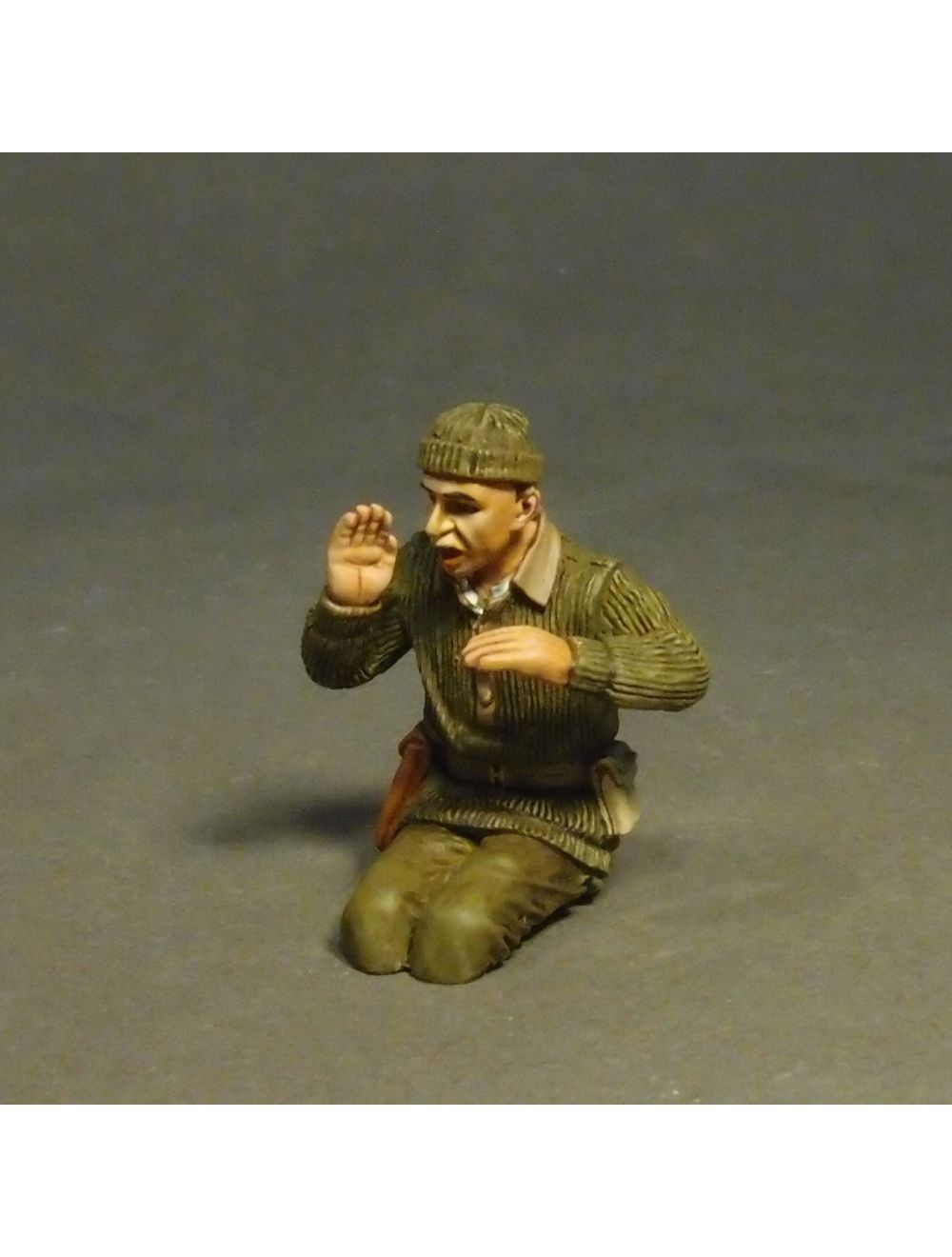TANK IS NOT INCLUDED
The Second World War saw Dwight D. Eisenhower and George S. Patton, Jr. accomplish their greatest deeds as soldiers and achieve lasting fame for the role they played in bringing about the defeat of Nazi Germany. Less well known is their service in the First World War, when both men were involved in the birth of a new form of warfare destined to revolutionize the battlefield and change the way wars were fought. As officers in the United States Army's fledging Tank Corps, they helped develop the technology of tracked armored fighting vehicles as well as the doctrine that would later govern their use; and, in so doing, they also helped lay the groundwork for future victories in a conflict where the tank would come into its own as a weapon of decisions.
The AEF Tank Corps was first committed to action in the offensive aimed at eliminating the Saint-Mihiel salient in September 1918. The operation was conducted by the US First Army, organized into the I, IV, and V Corps;. Patton, working with I Corps, attacked with two battalions of the 304th Tank Brigade, which was equipped with 144 Renaults obtained from the French. In support of the Americans were two groupments of Schneider and St. Chamond heavy tanks weighing 14.9 and 25.3 tons, respectively. These were manned by French crews. In all, the First Army deployed 419 tanks, a figure that includes three French-crewed battalion-sized formations of Renaults and two additional company-sized elements of heavy tanks used in support of IV Corps.
In the St. Mihiel Offensive Patton learned that he couldn't count on army motorization to keep his armored units supplied with fuel. In the Meuse-Argonne campaign, therefore, he ordered his tank crews to strap fuel drums to the back of their machines. This entailed the obvious risk that a drum might be hit by shells or shrapnel, causing a fiery explosion which would incinerate the crewmen inside. Patton was well aware of the potential for disaster and, quite characteristically, ignored it. He felt that the loss of a few tanks and their crews to shellfire was preferable to the loss of many to a lack of fuel. Even so, he ordered that the drums be loosely tied to the tanks with ropes, the idea being that a fire would burn through the ropes and cause the drums to fall to the ground before exploding.
Inter-tank communication also posed difficulties. As the tanks were not equipped with radios, unit commanders with orders to give and messages to deliver could do so only by leaving the safety of their own vehicles and making their way on foot to the other tanks. The Tank Corps tried to get around this problem by providing the crews with carrier pigeons, which were kept in bamboo cages on the floor of each tank behind the driver. The tank commander would stand on the cage, with predictable results: at some point during his machine's jolting passage over the broken ground of the typical First World War battlefield, he might inadvertently stomp down on the cage and crush its occupants. Finally, it was decided that junior officers would be delegated to walk alongside the tanks for the purpose of communicating orders and other information. Keeping up with the tanks was really no challenge, as the vehicles could manage a top speed of only four-and-a-half miles per hour under even the most optimal conditions. When the officers had instructions to impart they would simply rap on the hulls of the tanks until they got the attention of the men inside. The greatest problem leaders faced was, of course, exposure to enemy fire. Running messages back and forth between tanks, across open ground, in the thick of battle while the bullets were flying, required courage and devotion to duty -- virtues which resulted in the award of Distinguished Service Crosses to several of those engaged in this hazardous enterprise.
| Years | Early 20th Century |
|---|---|
| Gender | Men |

 Français
Français

